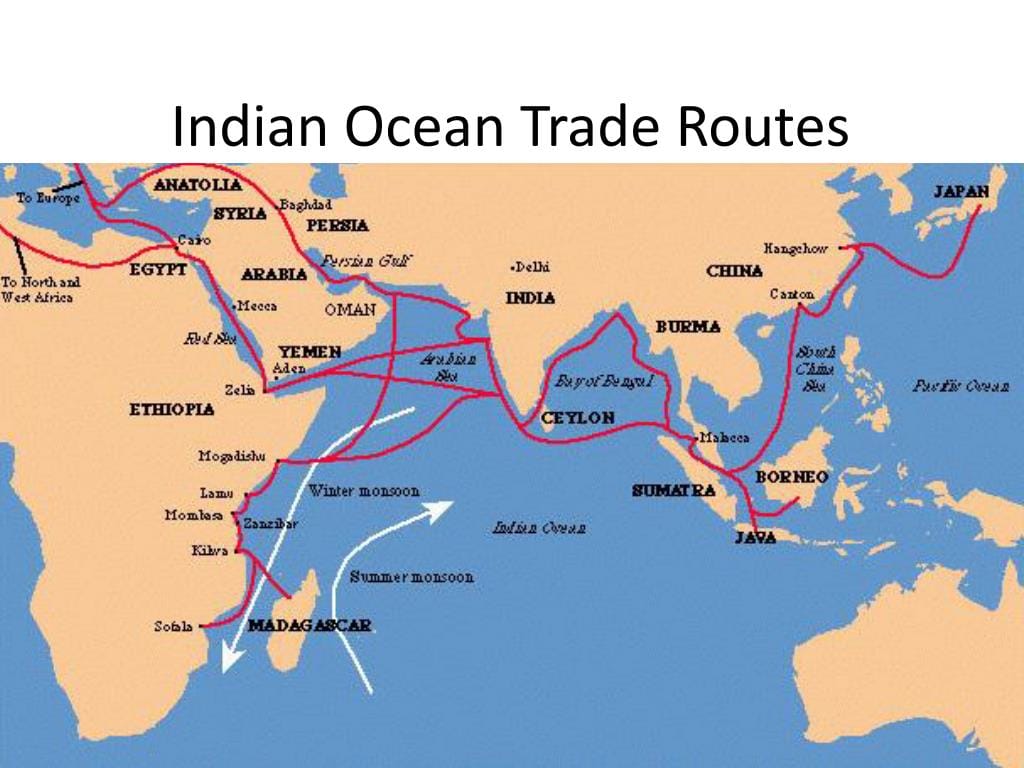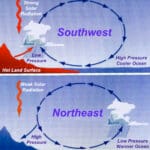While the Hanseatic League, a powerful northern European trade alliance, didn’t directly traverse the Silk Road, their activities significantly, albeit indirectly, influenced its trajectory. This article explores the multifaceted ways in which the League shaped the Silk Road’s destiny, from fueling demand for Eastern goods to inspiring the search for new maritime routes.
The Hanseatic League’s Ripple Effect on the Silk Road
The Hanseatic League, a dominant force in the North and Baltic Seas, may not have physically tread the Silk Road, but their impact resonated across Eurasia. Their influence, though unintentional, played a crucial role in the Silk Road’s evolution.
Increased Demand for Eastern Treasures
The Hanseatic League, through its establishment of a robust trade network, inadvertently stimulated a burgeoning market for luxury goods from the East. As Northern Europeans became wealthier, their desire for silks, spices, and other Eastern luxuries intensified. This escalating demand probably invigorated Silk Road trade, making it an increasingly lucrative route for merchants.
Enhanced Trade Efficiency in the West
The Hanseatic League prioritized safe passage, standardized practices, and efficient systems, primarily within their own network. However, these improvements likely had a positive knock-on effect on the westernmost extensions of the Silk Road that connected to Hanseatic trade hubs. This smoother flow of goods from East to West enhanced trade volume and efficiency, indirectly benefiting the Silk Road. For further insights on streamlining trade, explore our article on how to use eas with zeno r.
The Catalyst for Exploration
The Hanseatic League’s economic success may have inadvertently fueled a race to the East. Witnessing the League’s prosperity, other European nations and merchants sought ways to bypass intermediaries and directly access valuable Eastern goods. This competition arguably spurred the Age of Exploration, as Europeans increasingly searched for maritime routes to Asia, indirectly impacting the future of the overland Silk Road.
Early Financial Innovations
The Hanseatic League pioneered early banking systems and credit mechanisms. While primarily utilized within their network, these innovations may have influenced broader trade practices, including those associated with the Silk Road. These financial advancements could have laid the groundwork for the more complex financial instruments that would later become integral to Silk Road transactions.
The Unintentional Architects of Change
The Hanseatic League’s influence on the Silk Road was a complex interplay of indirect factors. They stimulated demand, facilitated trade in the West, spurred exploration, and contributed to financial innovations. Ongoing research continues to explore the full extent of their impact, but it’s clear the League played a substantial role in shaping the Silk Road’s fate.
The Hanseatic League and the Silk Road: A Tale of Two Trading Giants
The Hanseatic League, centered in Northern Europe, and the Silk Road, spanning across Asia and beyond, were distinct yet parallel trading networks. While the League primarily traded practical goods like timber, fish, and salt, the Silk Road focused on luxury items like silk, spices, and porcelain. Despite these differences, both networks shared the goal of economic advancement and exerted significant political and social influence. The Hanseatic League, a confederation of cities and merchant guilds, operated much like a powerful corporation, wielding considerable economic and political clout.
| Feature | Hanseatic League | Silk Road |
|---|---|---|
| Location | North and Baltic Seas | Across Asia, the Middle East, and Europe |
| Goods Traded | Practical items (timber, fish, etc.) | Luxury items (silk, spices, porcelain) |
| Organization | Network of cities & guilds | Interconnected routes and trading centers |
| Impact on Trade | Increased trade, economic growth | Facilitated trade, cultural exchange |
While geographically separate, both entities demonstrated the power of trade in shaping the medieval world.
The Hanseatic League’s Enduring Impact
The Hanseatic League’s influence extended far beyond simple trade, shaping the economic, political, and social landscape of Northern Europe for centuries. Their dominance of the Baltic Sea from the 13th to 15th centuries provided access to essential resources like timber, furs, and fish, commodities highly sought after throughout Europe and even in regions connected to the Silk Road.
The League’s success likely had a ripple effect on the Silk Road. By providing a reliable source of Northern European goods, the League may have sparked interest in seeking similar reliable access to Eastern goods. This indirectly contributed to the exploration of new maritime routes to Asia, potentially altering the trajectory of the Silk Road.
Furthermore, the Hanseatic League’s standardization of trade practices, including weights, measures, and legal systems, influenced trade far beyond their immediate network. This standardization likely spread to regions connected to the Silk Road, promoting greater efficiency and trust between merchants.
Some historians suggest the League’s impact extended even further, contributing to the rise of capitalism and influencing the financial structures that would later support the Silk Road. However, this remains a subject of ongoing research. The League’s influence is complex and multifaceted, with historians still piecing together the complete picture.
The Hanseatic League: An Engine of Economic Growth
The Hanseatic League functioned as a powerful economic engine, propelling trade and prosperity throughout Northern Europe. Their standardized trade practices, naval protection against piracy, and promotion of specialized industries fostered a dynamic environment for economic growth. These advancements led to increased trade volumes, job creation, and significant infrastructural development in Hanseatic cities. The League also simplified financial transactions by promoting the use of reliable currencies and establishing more predictable exchange rates. Furthermore, the constant flow of people and goods within their network may have fostered a vibrant exchange of ideas and technologies, contributing to the cultural and intellectual development of Northern Europe. While the exact extent of their impact is still being researched, it’s evident the Hanseatic League significantly impacted Northern Europe economically and beyond.
- Crypto Quotes’ Red Flags: Avoid Costly Mistakes - June 30, 2025
- Unlock Inspirational Crypto Quotes: Future Predictions - June 30, 2025
- Famous Bitcoin Quotes: A Deep Dive into Crypto’s History - June 30, 2025
















